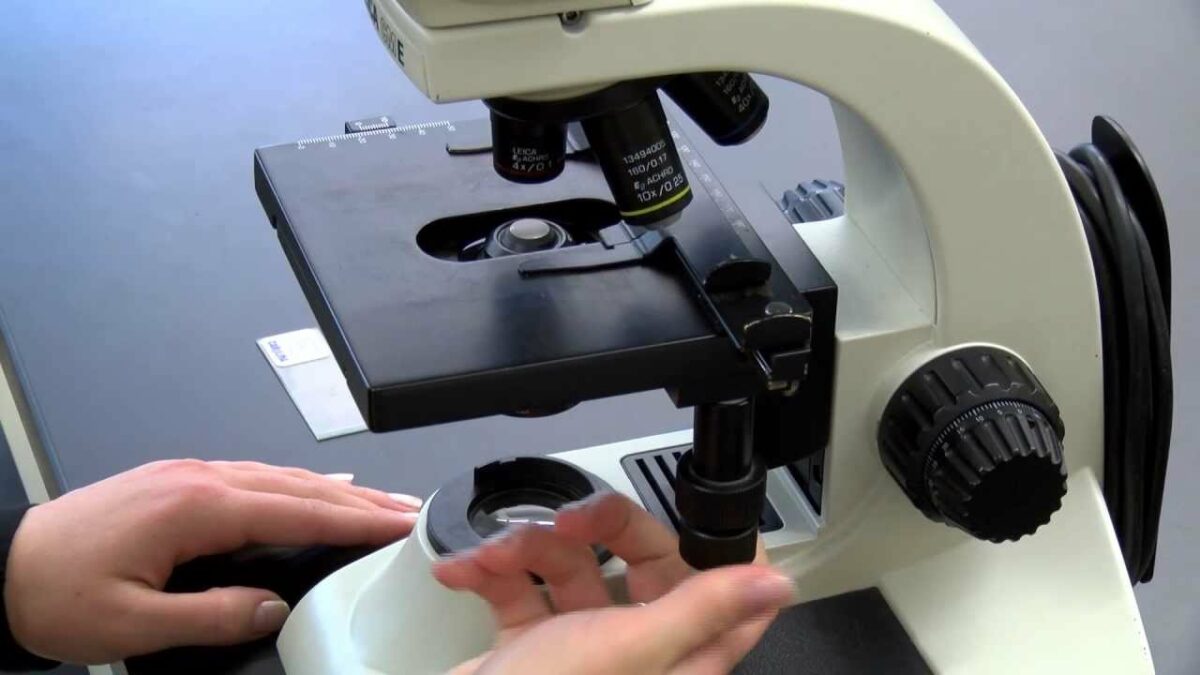Introduction: Microscopes are invaluable tools used in scientific research, education, and various fields of industry for observing and analyzing microscopic specimens. Whether you’re a student, researcher, or professional, understanding how to use a microscope effectively is essential for exploring the intricate details of the microscopic world. In this extensive guide, we’ll delve into the step-by-step process of using a microscope, covering everything from setting up the microscope to adjusting magnification and focusing techniques, with practical tips and insights along the way.
Part 1: Understanding Microscopes and Their Components
- Types of Microscopes: Familiarize yourself with the different types of microscopes, including light microscopes, electron microscopes, and stereo microscopes. Understand their principles of operation and applications in various fields.
- Components of a Microscope: Learn about the essential components of a microscope, such as the eyepiece, objective lenses, stage, condenser, and light source. Understand the function of each component and how they work together to magnify and illuminate specimens.
Part 2: Setting Up the Microscope
- Preparing the Workspace: Choose a clean and well-lit workspace to set up your microscope. Ensure that you have access to a stable surface and adequate lighting for observing specimens.
- Assembling the Microscope: Follow the manufacturer’s instructions to assemble the microscope, including attaching the eyepieces, objective lenses, and stage. Ensure that all components are securely fastened and aligned properly.
Part 3: Adjusting Magnification and Illumination
- Selecting the Objective Lens: Choose the appropriate objective lens based on the level of magnification required for your specimen. Start with the lowest magnification objective and gradually increase magnification as needed.
- Adjusting the Focus: Use the coarse and fine focus knobs to adjust the focus of the microscope. Start with the coarse focus knob to roughly focus on the specimen, then use the fine focus knob for precise adjustments.
- Optimizing Illumination: Adjust the intensity and angle of the light source to optimize illumination of the specimen. Use the condenser and diaphragm controls to control the amount and direction of light passing through the specimen.
Part 4: Observing and Analyzing Specimens
- Placing the Specimen: Carefully place the specimen on the microscope stage, ensuring that it is centered and securely mounted. Use clips or slide holders to hold the specimen in place.
- Exploring the Specimen: Use the microscope controls to move the stage and adjust the position of the specimen. Explore different areas of the specimen by scanning horizontally and vertically.
- Recording Observations: Take notes and record observations of the specimen, including its appearance, structure, and any notable features or characteristics. Use a camera attachment or digital imaging software to capture images of the specimen for documentation and analysis.
Part 5: Maintenance and Care
- Cleaning and Maintenance: Regularly clean and maintain your microscope to ensure optimal performance and longevity. Use lens paper and cleaning solutions to remove dust and debris from the lenses and other components.
- Storage and Protection: Store your microscope in a clean and dry environment, away from dust, moisture, and direct sunlight. Cover the microscope with a dust cover when not in use to protect it from damage and contamination.
Conclusion
Using a microscope is a skill that requires patience, precision, and attention to detail. By following the comprehensive guide outlined above, you’ll be equipped with the knowledge and techniques to use a microscope effectively for observing and analyzing specimens in various fields of study. Remember to practice regularly, familiarize yourself with the specific features and controls of your microscope, and seek guidance from experienced users or instructors when needed. With dedication and proficiency, you can unlock the fascinating world of microscopy and uncover hidden insights and discoveries in the microscopic realm.
